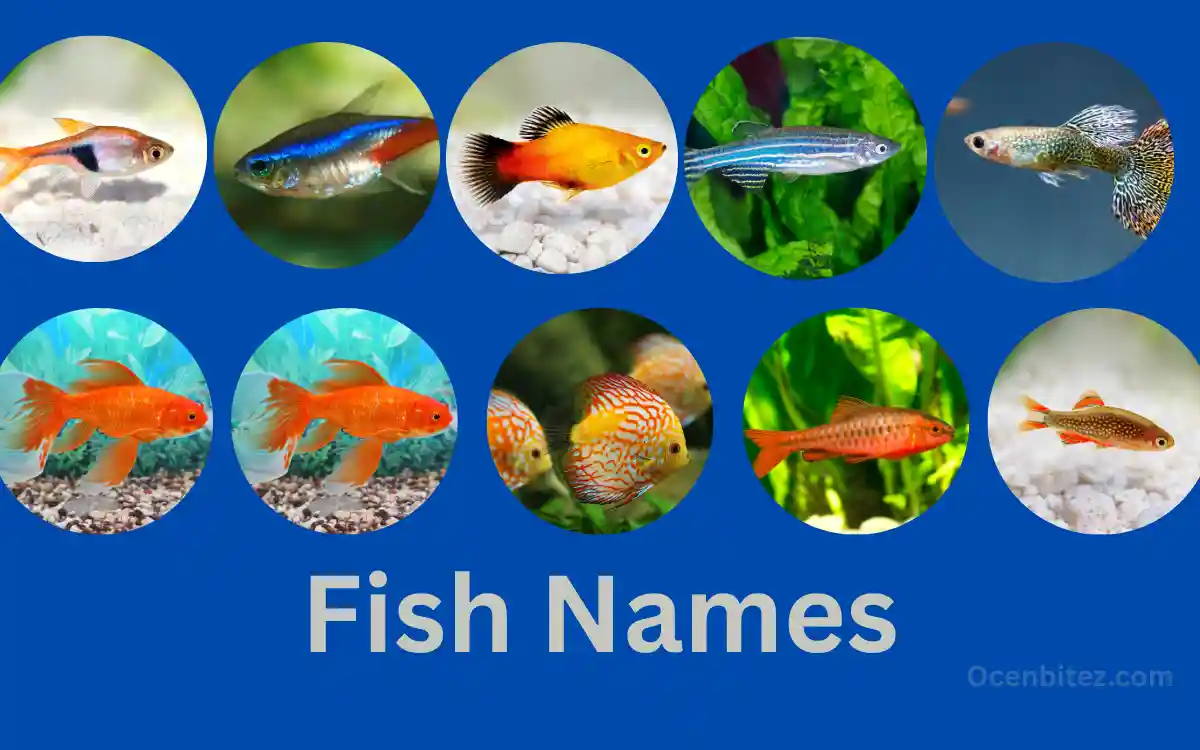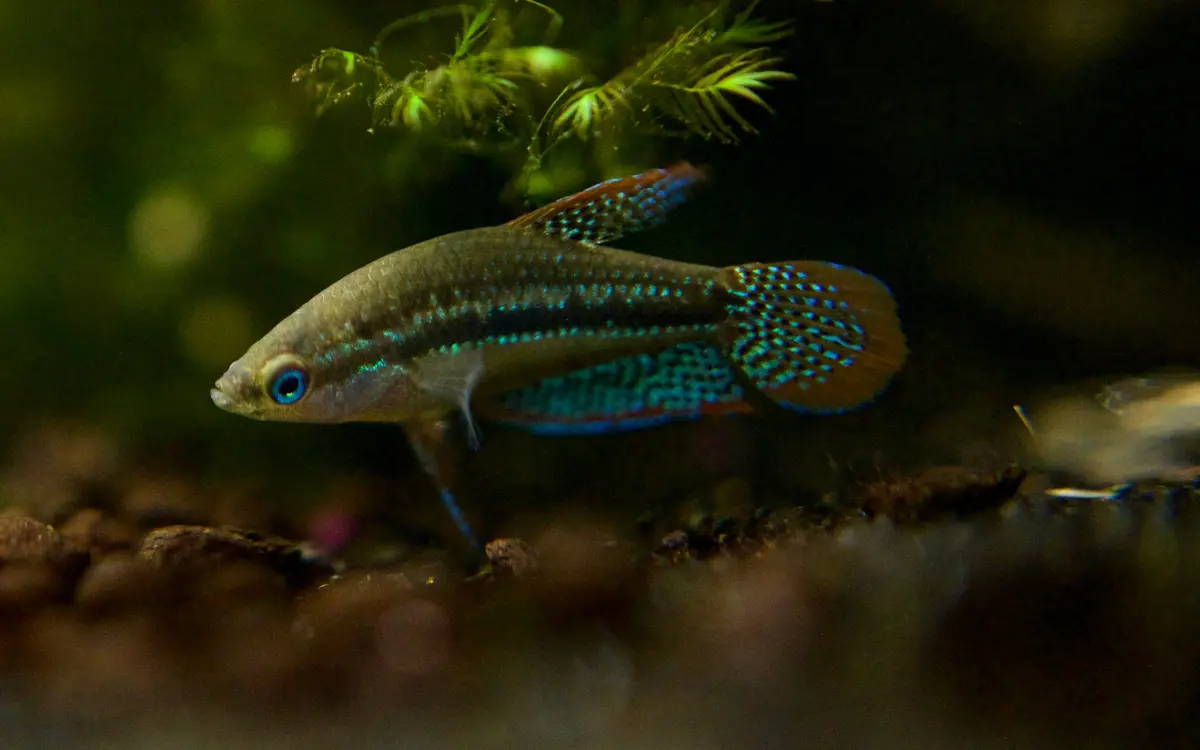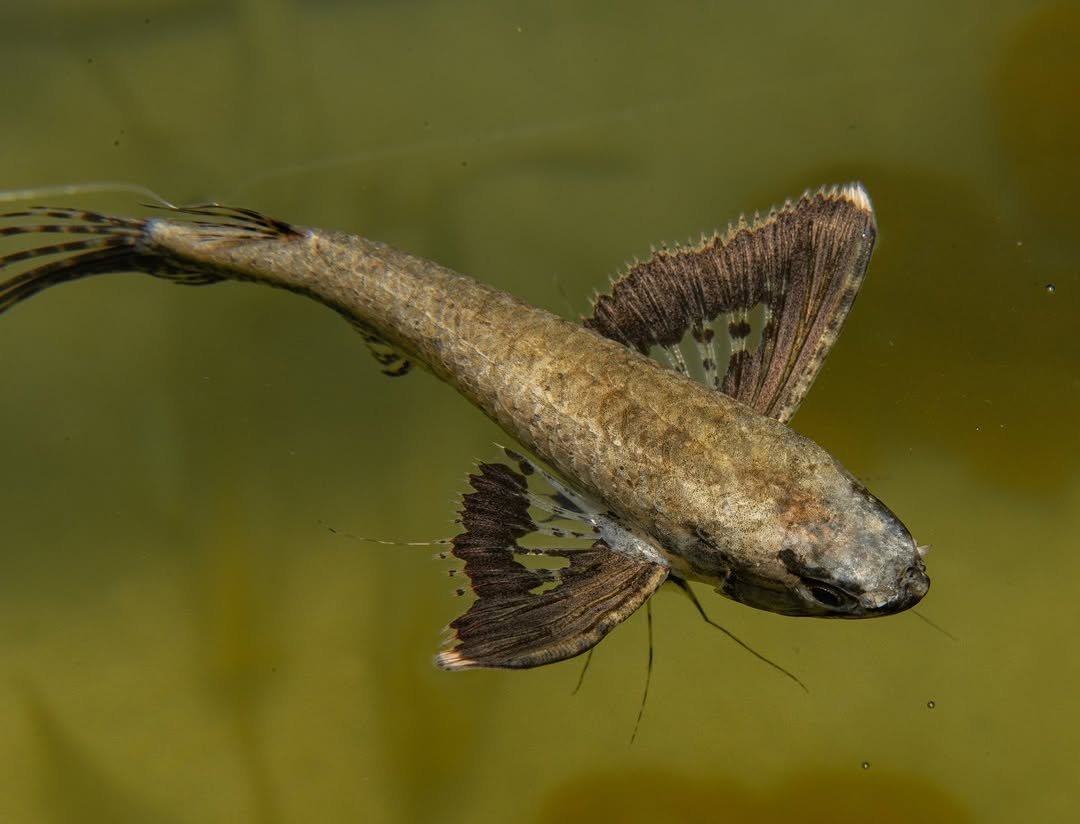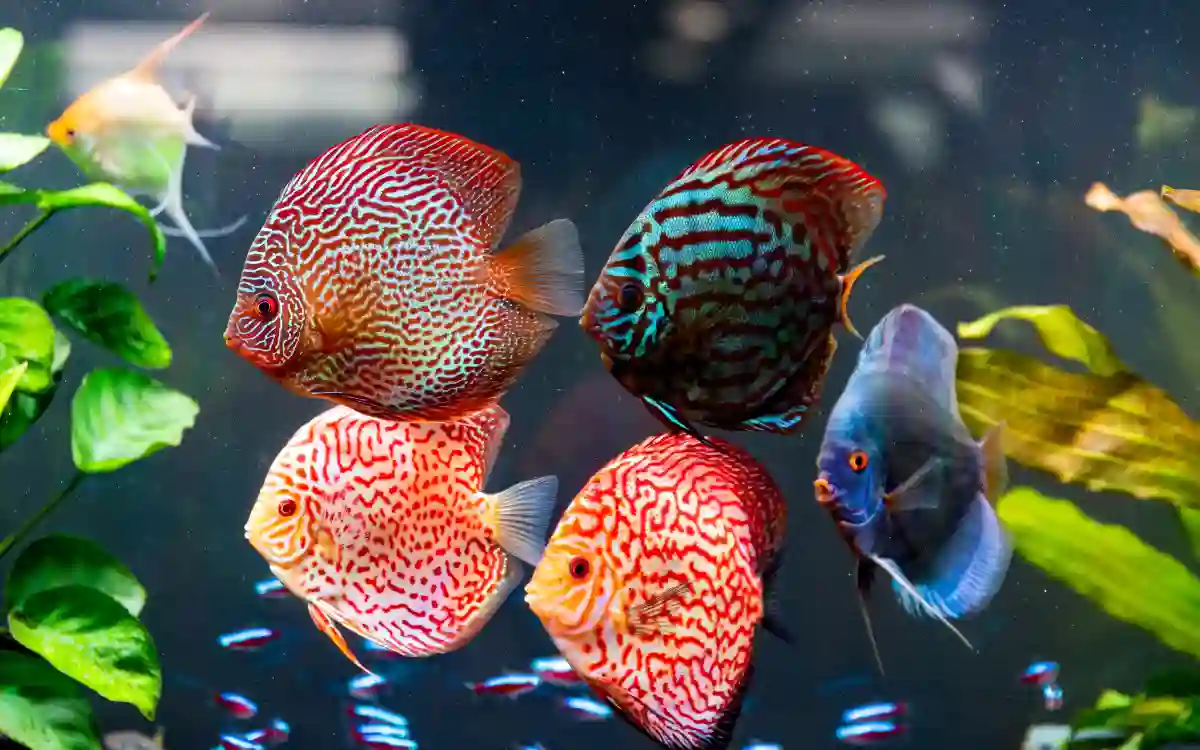Pencilfish Care Guide: Tank Setup, Feeding, Types & Tank Mates
Pencilfish (Nannostomus species) are peaceful, slender freshwater fish known for their unique shape, calm schooling behavior, and top-dwelling habits. They thrive in planted tanks with soft, slightly acidic water and prefer calm tank mates. Pencilfish are ideal for nano aquariums and do best in groups of six or more. In this care guide, you’ll learn how to set up the perfect tank, maintain water conditions, choose the right food, and create a peaceful environment for these shy fish.

Pencilfish Overview
Pencilfish belong to the genus Nannostomus, meaning “small mouth.” Native to South America, they’re loved for their peaceful nature and elegant, pencil-like appearance. Their small size, slow movement, and delicate schooling behavior make them a perfect choice for planted tanks.
Quick Species Profile
| Feature | Details |
| Genus | Nannostomus |
| Common Names | Beckford’s, Diptail, Brown, Dwarf Pencilfish |
| Size | 1–2 inches |
| Lifespan | 3–5 years |
| Tank Size | 10+ gallons |
| Temperature | 74–80°F |
| pH Range | 6.0–7.2 |
| Behavior | Peaceful, top-dweller |
Types of Pencilfish
There are over a dozen species, but here are the most popular types for home aquariums:
- Beckford’s Pencilfish (N. beckfordi) – Reddish fins with black and gold body stripe; slightly more assertive
- Diptail Pencilfish (N. eques) – Known for their unique diagonal swimming posture
- Brown Pencilfish (N. unifasciatus) – More muted colors, very peaceful
- Dwarf Pencilfish (N. marginatus) – Tiny and shy; great for nano tanks
Tank Setup for Pencilfish
Minimum Tank Size
A 10-gallon tank works well for a small group of 6–8 Pencilfish. A longer tank is better than a tall one, allowing for horizontal swimming and schooling.
Aquascaping & Plants
Use dark substrate and live plants like Java moss, Amazon sword, and Cabomba. Add floating plants to soften light and help them feel secure. Pencilfish prefer calm, shaded areas with lots of cover.
Filtration & Flow
- Use a sponge or hang-on-back filter with gentle flow
- Avoid strong currents—they prefer still water
Make sure the surface remains calm, as they often feed there
Water Parameters & Maintenance
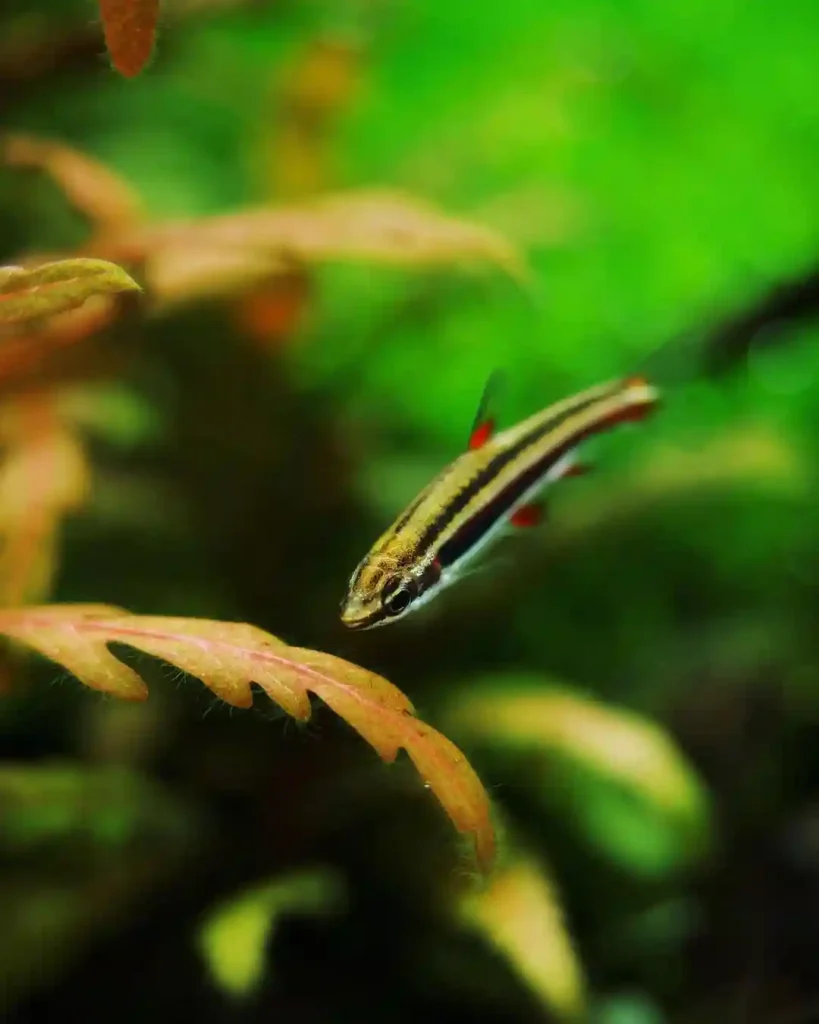
Pencilfish need soft, clean water to stay healthy and show their best colors.
- Temperature: 74–80°F
- pH: 6.0–7.2
- Hardness: Soft to moderately soft
- Ammonia/Nitrites: 0 ppm
- Nitrates: Below 20 ppm
Do weekly water changes of 20–25%. Keep the tank stable—these fish dislike sudden swings in water conditions.
Feeding Pencilfish
What They Eat
In the wild, Pencilfish eat small invertebrates and insects from the water surface. In aquariums, they enjoy:
- Micro pellets
- Crushed flakes
- Frozen daphnia or cyclops
- Live baby brine shrimp or microworms
Feeding Tips
- Pencilfish are surface feeders. Drop food gently on the water surface.
- Feed them 2–3 small meals a day.
- They are slow eaters—make sure faster fish don’t outcompete them.
Behavior and Schooling
Pencilfish are peaceful and non-aggressive. They do best in groups of six or more, which helps them feel secure and encourages natural schooling.
Some types, like the Diptail Pencilfish, swim at an angle. This is completely normal and not a sign of illness.
Best Tank Mates for Pencilfish
Choose calm, slow-swimming tank mates. Avoid anything large, aggressive, or too fast at feeding.
Great Tank Mates:
- Ember Tetras
- Celestial Pearl Danios
- Pygmy Corydoras
- Otocinclus
- Adult Cherry or Amano Shrimp
Avoid:
Related Post: Celestial Pearl Danio Care
Breeding Pencilfish
Breeding Pencilfish is possible but requires patience.
Breeding Setup
- Set up a separate 10-gallon breeding tank
- Use soft, acidic water and lots of plants or spawning mops
- Keep lighting low and provide cover
- Condition fish with live foods
Spawning & Fry Care
- They scatter eggs among plants or mops
- No parental care—remove adults after spawning
- Eggs hatch in 36–48 hours
- Feed fry infusoria, then baby brine shrimp
Common Health Issues
Pencilfish are hardy with good care, but stress or poor water can lead to problems.
Watch For:
- Ich (white spots)
- Fin rot
- Faded colors (due to stress or poor diet)
- Starvation (if housed with fast-eating fish)
Prevention Tips:
- Stable water conditions
- Regular water changes
- Peaceful tank mates
- Surface-appropriate feeding
FAQs
Are Pencilfish good for beginners?
Yes, if you can meet their water and food needs.
Do Pencilfish need a heater?
Yes, they are tropical fish and need 74–80°F water.
Can they live with shrimp?
Yes, they’re shrimp-safe, especially with adults.
Do they eat from the surface?
Yes, they’re top feeders and prefer floating food.
How many should I keep together?
At least six. Larger groups encourage natural schooling behavior.

